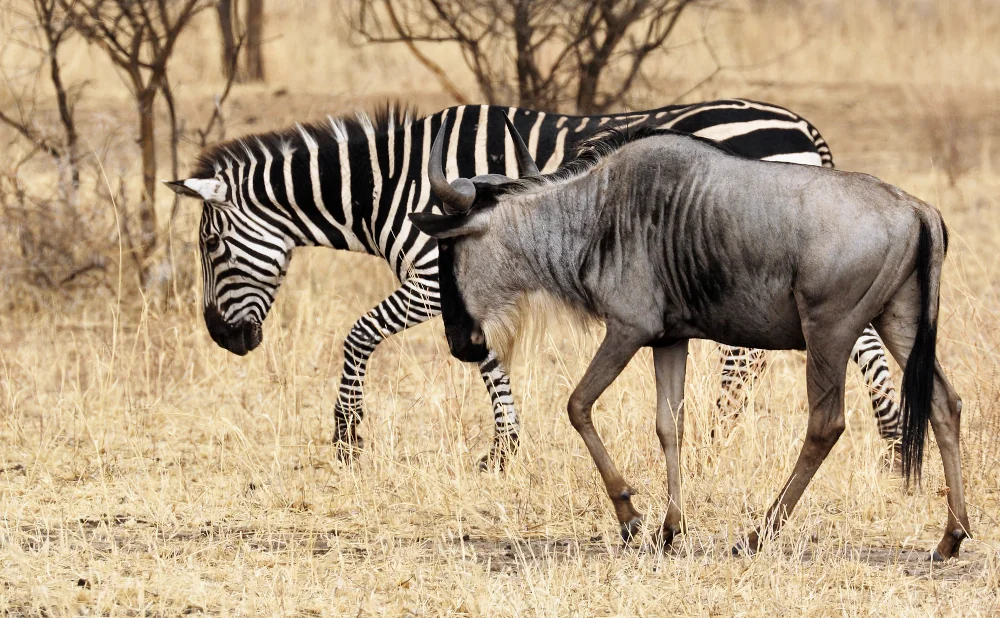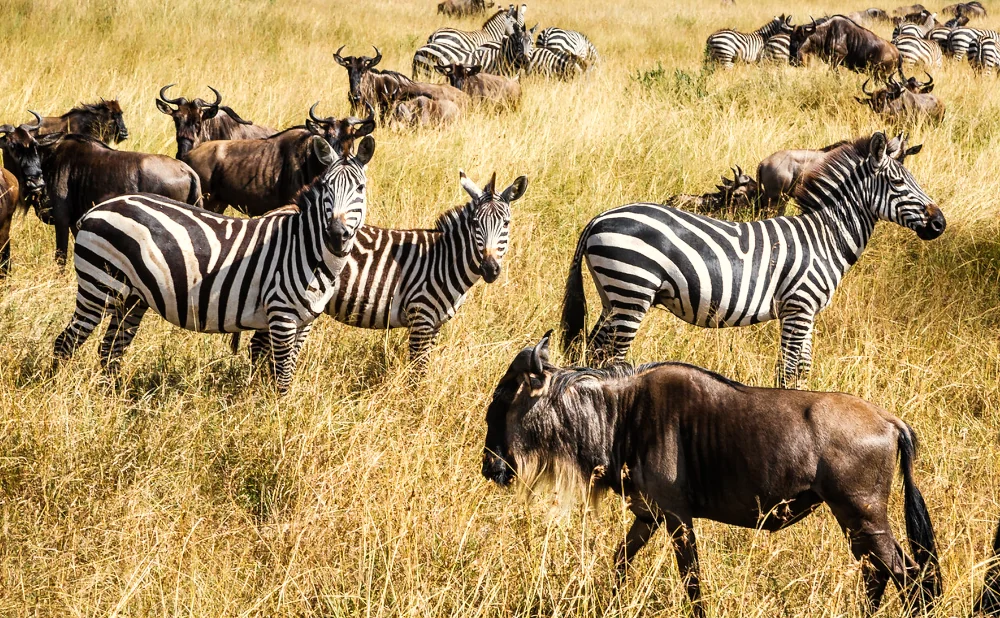The Fascinating Life of Giraffes in the Wild
Giraffes, the tallest mammals on Earth, lead a life that is as fascinating as their unique appearance. Their existence in the wild is a testament to nature's diversity and adaptability.
In this article, we delve into the intriguing world of these gentle giants. We explore their species variations, diet, and behaviors that define their life in the wild.
Join us on this journey to understand the challenges they face and the conservation efforts in place to protect them.
Understanding Giraffe Species
Giraffes are not a one-size-fits-all species. They are divided into four distinct species, each with unique patterns and colorations.
- The Northern giraffe, found in the northern parts of Africa, is known for its large, irregular patches with some spots running down the legs.
- The Southern giraffe, native to the southern regions of Africa, has star-shaped patches on a lighter background.
- The Reticulated giraffe, found in Somalia, southern Ethiopia, and northern Kenya, boasts a striking coat of large, polygonal, liver-colored spots outlined by a network of bright white lines.
- The Masai giraffe, native to East Africa, is characterized by jagged-edged, vine leaf-shaped spots of dark chocolate on a yellowish background.
These variations in patterns and colors are not just for show. They play a crucial role in their survival in the wild.
The Giraffe Diet: A Key to Survival
Giraffes are browsers, meaning they eat from trees, shrubs, and bushes. Their diet mainly consists of leaves, particularly from the acacia tree.
Acacia leaves are not only nutritious but also abundant in giraffe habitats. However, they are covered in thorns. Giraffes use their long, prehensile tongues to navigate around these thorns and grasp the leaves.
Giraffes are ruminants, like cows. They have a four-chambered stomach that aids in digesting their fibrous diet. This specialized diet and digestive system allow giraffes to thrive in environments where food sources may be scarce.
Giraffe Behavior in the Wild
Giraffes are social animals, but their herds are not as structured as those of other animals. They form loose associations, with individuals joining and leaving herds as they please.
One of the most fascinating behaviors of giraffes is their sleeping patterns. They sleep very little, often only a few minutes at a time. Interestingly, they can even sleep standing up.
Male giraffes engage in a behavior called "necking". They use their necks in combat to establish dominance within the herd.
Threats to Giraffes and Conservation Efforts
Giraffe populations are in decline. The main threats they face are habitat loss, poaching, and human-wildlife conflict.
Conservation efforts are crucial to protect giraffe species and their habitats. Some giraffe subspecies are categorized as vulnerable or endangered on the IUCN Red List.
Ecotourism can play a role in giraffe conservation. It provides economic incentives to protect these animals and their habitats.
The conservation status of giraffes highlights the need for sustainable practices and wildlife-friendly policies. Their decline could have cascading effects on the ecosystem.
Fascinating Facts About Giraffes
Giraffes have unique sleeping habits. They sleep very little, often only a few minutes at a time, and can even sleep standing up.
The giraffe's coat pattern provides camouflage. It helps them blend into their environment, an essential survival trait.
World Giraffe Day is celebrated on June 21st. It's a day to raise awareness about these majestic creatures.
References
For more information, please refer to the latest scientific research and publications on giraffes and their conservation.











